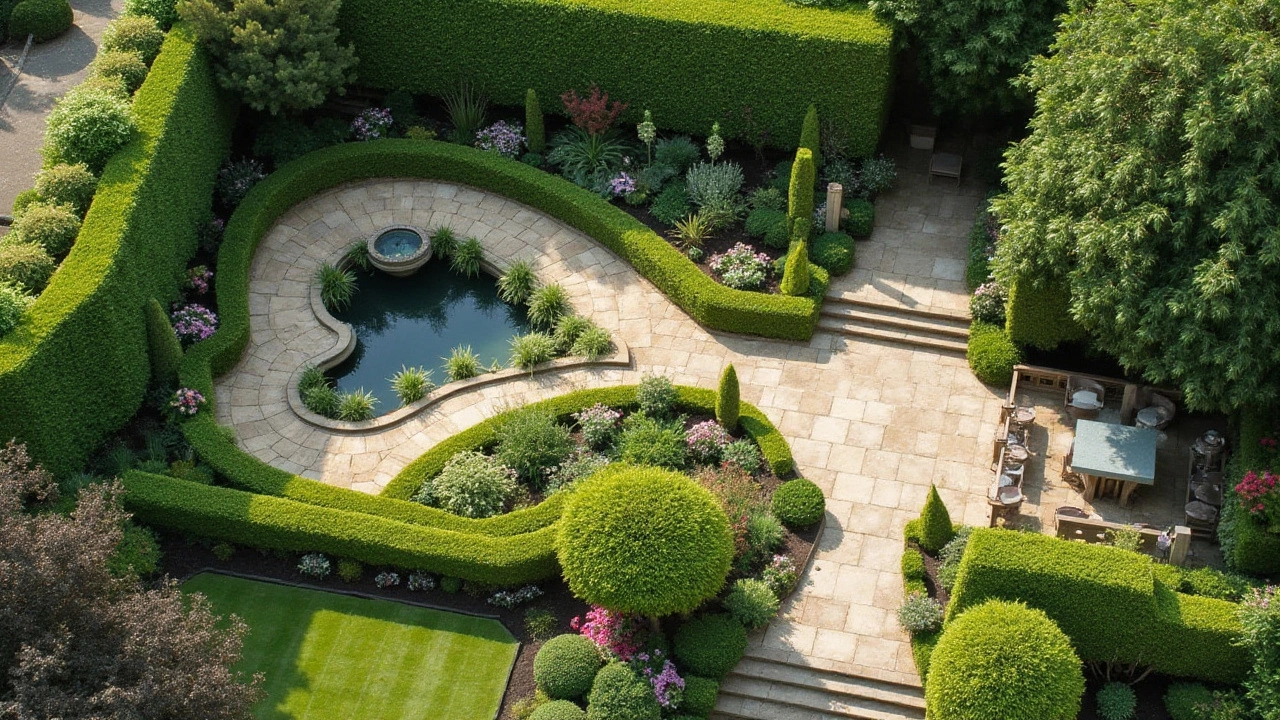Budget Landscaping: Simple Ways to Spruce Up Your Garden for Less
If you think a beautiful garden needs a big budget, think again. With a few smart moves you can turn a dull yard into a lively outdoor space without spending a fortune. Below are easy, real‑world ideas you can start using this weekend.
Start with a Clear, Low‑Cost Plan
The first step is mapping out what you actually want. Grab a piece of graph paper, sketch your lawn, and mark areas that need planting, paving, or seating. Keep the design simple – a single focal point, like a small water feature or a raised bed, works better than a crowded layout. By knowing exactly where each element goes, you avoid buying unnecessary supplies.
Choose Plants That Save Money and Time
Native plants are the secret weapon for budget landscaping. They thrive in local soil and weather, so you spend less on fertilizers and water. Look for hardy perennials, grasses, and shrubs that spread naturally. Buying young plants from local nurseries or even taking cuttings from friends cuts costs dramatically. Group plants with similar watering needs together – that way you can set up a simple drip system or just use a hose.
Don’t forget ground covers. Creeping thyme, sedum, or low‑lying grasses fill gaps, suppress weeds, and look tidy year‑round. A single bag can cover several square meters, giving you a finished look for pennies.
Reuse, Recycle, Repurpose
Old pallets, bricks, or concrete blocks can become garden beds, pathways, or seating. A quick search online shows dozens of DIY tutorials that turn everyday items into stylish features. Before you toss anything, think about how it might serve a new purpose. Even broken pots can be broken down into mosaic pieces for a decorative border.
For paving, consider reclaimed stone or gravel. It’s cheaper than brand‑new tiles and adds a rustic charm. If you have a spare shed, clear it out and use the interior as a storage hub for tools and soil bags – keeping the yard tidy and reducing the need for extra containers.
DIY Over Hiring
Labor often costs more than materials. Simple tasks like digging a planting hole, laying a mulch layer, or installing a garden edging can be done in an afternoon with basic tools. Recruit a friend or two for a weekend landscaping party – the work moves faster and the fun makes it feel less like a chore.
If you need help with a more complex feature, like a small pergola, get a few quotes and compare them. Share the design plans you’ve created; most contractors will stick to the scope, keeping extra costs low.
Smart Watering Saves Money
Installing a basic rain barrel or using a hose timer can cut water bills dramatically. Mulch helps soils retain moisture, meaning you’ll water less often. Grouping plants with similar water needs also means you can target irrigation, avoiding waste.
Even a low‑tech soak‑away pit can replace expensive irrigation for a few plant groups. Dig a shallow trench, line it with gravel, and fill with soil – water will seep in slowly, feeding the roots without extra equipment.
Finish with Affordable Accents
Lighting doesn’t have to be pricey. Solar garden lights line paths or highlight a focal point for a fraction of the cost of wired fixtures. A few cheap garden statues, reclaimed metal art, or a simple wooden sign add personality without a big spend.
Finally, keep the garden tidy. Regular weeding, dead‑heading, and a quick sweep keep the space looking finished, so you won’t feel the need to add more elements later.
Budget landscaping is all about planning, using what you already have, and choosing low‑maintenance plants. Follow these steps, and you’ll have a garden that looks great, feels welcoming, and stays easy on the wallet.

